Shop Our Great Products For Families (and educators) of Infants and Toddlers
you’re able to maximize the time you have with your baby,
you’re empowered to “get it right,”
and you’re able to unlock the power of everyday routines and objects to figure out how to play with your baby.
For Families With Infants and toddlers, Birth to three years old
-
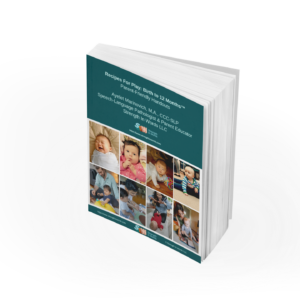
Understanding Your Baby: Recipes For Play (Parent-Friendly Handouts)
$39.00 -
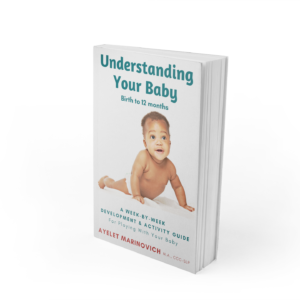
Understanding Your Baby (ebook multimedia package)
$19.00 -

Understanding Your Baby (paperback)
$19.00 -
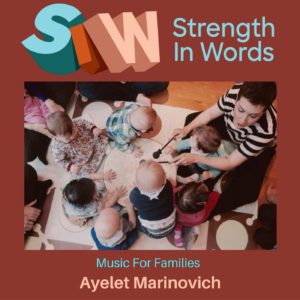
Learn With Less: Music For Families (digital album)
$19.00 -

Understanding Your Baby Multimedia Course Package
$99.00 -

Learn With Less™ Accelerator Course
$199.00 -
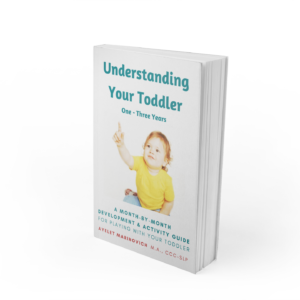
Understanding Your Toddler
$19.00

Birth to 12 Months
Once you’ve come up for air, you’re looking for resource to help you interact with and stimulate your baby’s learning and development.
Our resources are here to help you feel confident that you have everything you need to play with your baby, and to give you new, simple ideas for enriching ways to boost your baby’s development.
Toddlers, 1 – 3 Years
Toddlerhood is often marked by big feelings, the need for independence, a short attention span, difficulty with transitions, and a desire to explore everything.
Our resources are high quality and developmentally appropriate, meant to help you guide your toddler’s learning and find the balance between structured learning and unstructured play.
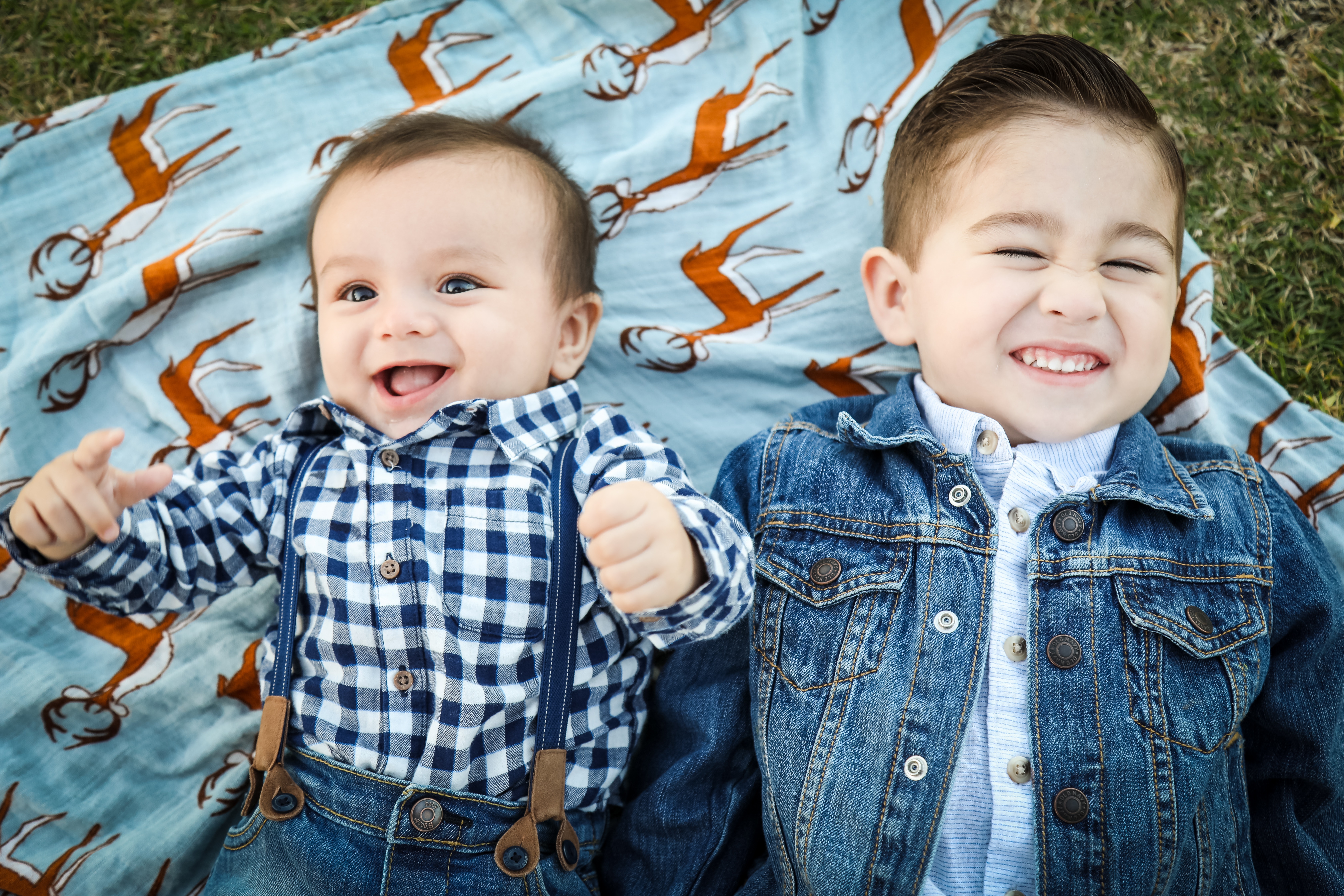

Ayelet Marinovich, M.A., CCC-SLP
Meet our founder! Ayelet is a pediatric speech-language pathologist, parent educator, and mother of two young boys based in the San Francisco Bay Area, California. As a SLP, she specializes in early intervention, and has worked with families with infants and toddlers (and on collaborative professional teams) for the last decade.
She started Learn With Less when she became a mother, and recognized the need for all families to easily access to high quality, evidence-based information about how our babies develop and the simple ways we can support them! You can learn more here.
If you’re looking for information about baby development, or looking for ideas about how to play with your baby to support development, Learn With Less is where we discuss all things early parenthood and early childhood. We help families (expecting parents, new parents, and seasoned parents) navigate those early years in an inclusive, educational, and supportive space.